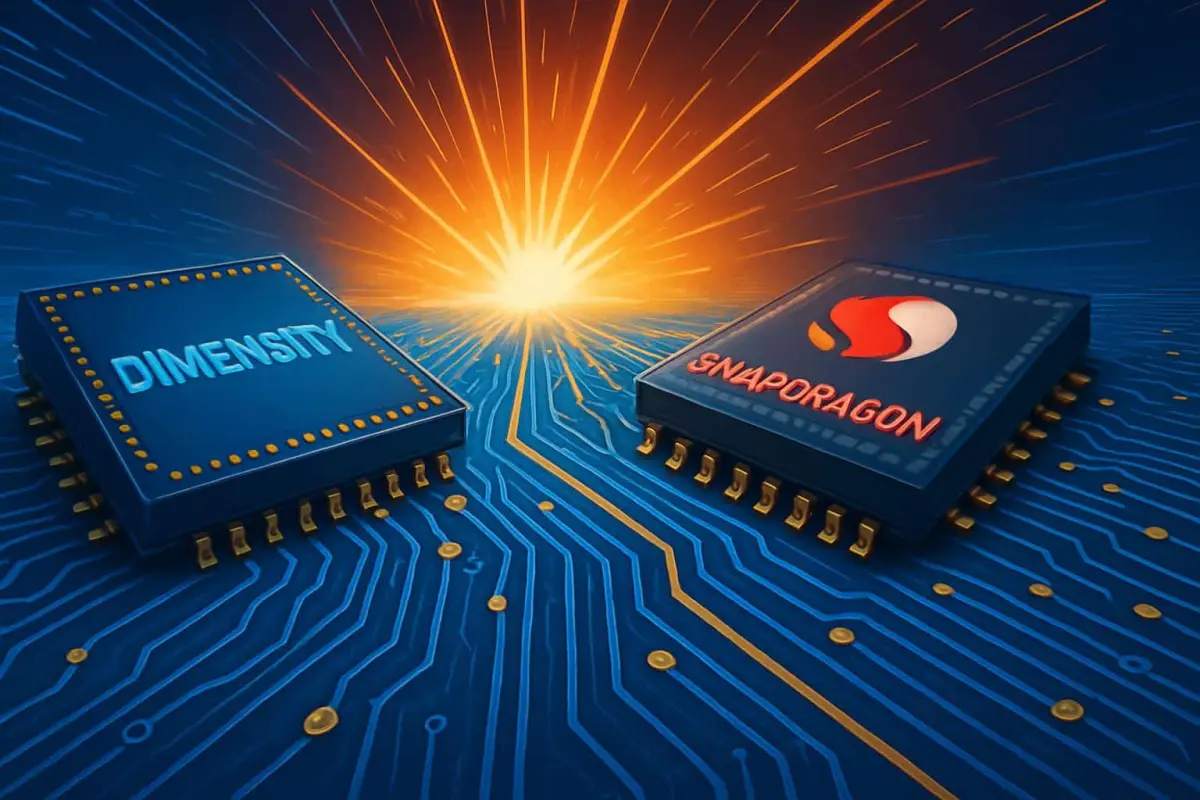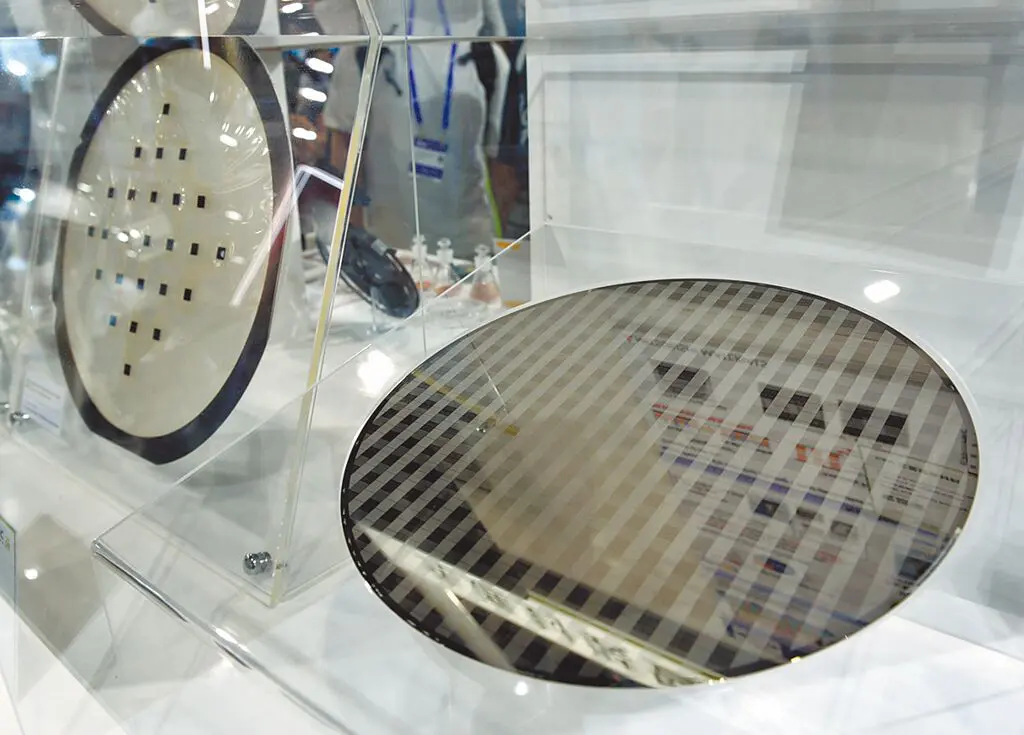The next generation of flagship smartphone processors — Qualcomm’s Snapdragon 8 Elite Gen 5 and MediaTek’s Dimensity 9500 — are set to arrive soon. But behind the scenes, a major challenge is brewing: the cost of manufacturing these chips has gone up sharply. Industry reports suggest that the use of TSMC’s advanced 3nm process, known as N3P, is driving up expenses by as much as 24 percent.
🔹 Highlights
- Snapdragon 8 Elite Gen 5 and Dimensity 9500 will use TSMC’s new 3nm N3P process
- Manufacturing costs have increased by up to 24% for MediaTek and 16% for Qualcomm
- N3P offers only modest performance gains (around 5%) but is seen as essential for next‑gen chips
- Apple is also affected, though its impact is limited since it uses chips only in its own devices
- Rising chip costs are expected to push flagship smartphone prices higher in late 2025

Why Costs Are Rising
According to a report from the China Times, both Qualcomm and MediaTek are paying significantly more for TSMC’s N3P wafers compared to the earlier N3E process. MediaTek’s costs are said to have jumped by nearly 24 percent, while Qualcomm faces a 16 percent increase.
The N3P process does not deliver dramatic performance improvements. Instead, it offers around a 5 percent boost in speed at the same power level, or a 5–10 percent reduction in power consumption at the same frequency. Despite the high price, chipmakers see N3P as a necessary step to stay competitive in the premium smartphone market.
Apple’s Position
Apple is also mentioned in the report, though exact figures are not revealed. Industry insiders believe that N3P wafers are about 20 percent more expensive than N3E. Since Apple uses its A‑series chips only in its own iPhones and iPads, the cost impact is more contained. However, for companies like Qualcomm and MediaTek, which supply chips to multiple smartphone brands, the rising costs are harder to absorb.
Impact on Smartphone Prices
The real concern is how these higher costs will affect consumers. Qualcomm and MediaTek are expected to pass on the increased expenses to smartphone manufacturers. This means that flagship models launching in the second half of 2025 could see noticeable price hikes.
Looking further ahead, TSMC’s upcoming 2nm process is expected to be even more expensive, with Apple already securing more than half of the initial production capacity. If supply shortages combine with higher wafer prices, the cost of next‑generation smartphones could climb even further.

Expert Take
According to Tech World, the rising cost of chip manufacturing is a clear signal that flagship smartphones will continue to get more expensive. While performance gains are becoming smaller, the push for advanced technology is unavoidable. For Indian buyers, this could mean paying a premium for the latest devices, especially from brands that rely heavily on Qualcomm and MediaTek processors.
Conclusion
The Snapdragon 8 Elite Gen 5 and Dimensity 9500 promise cutting‑edge performance, but the hidden cost of TSMC’s 3nm N3P process may soon be felt in consumers’ wallets. As the industry moves toward 2nm chips, the price of staying on the bleeding edge of technology is only set to rise.









